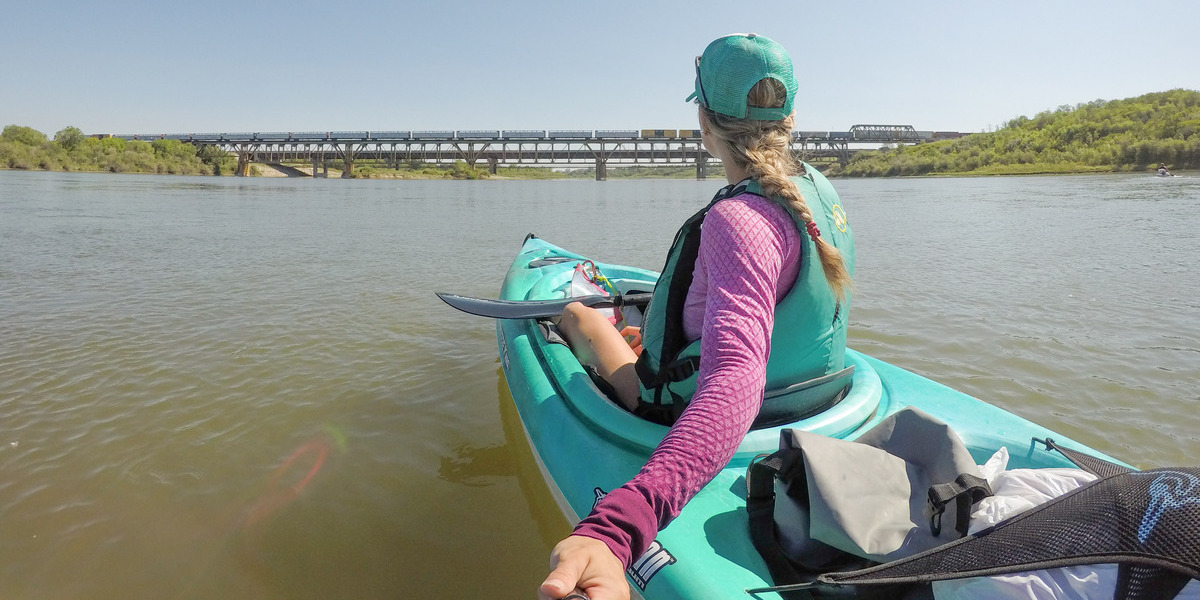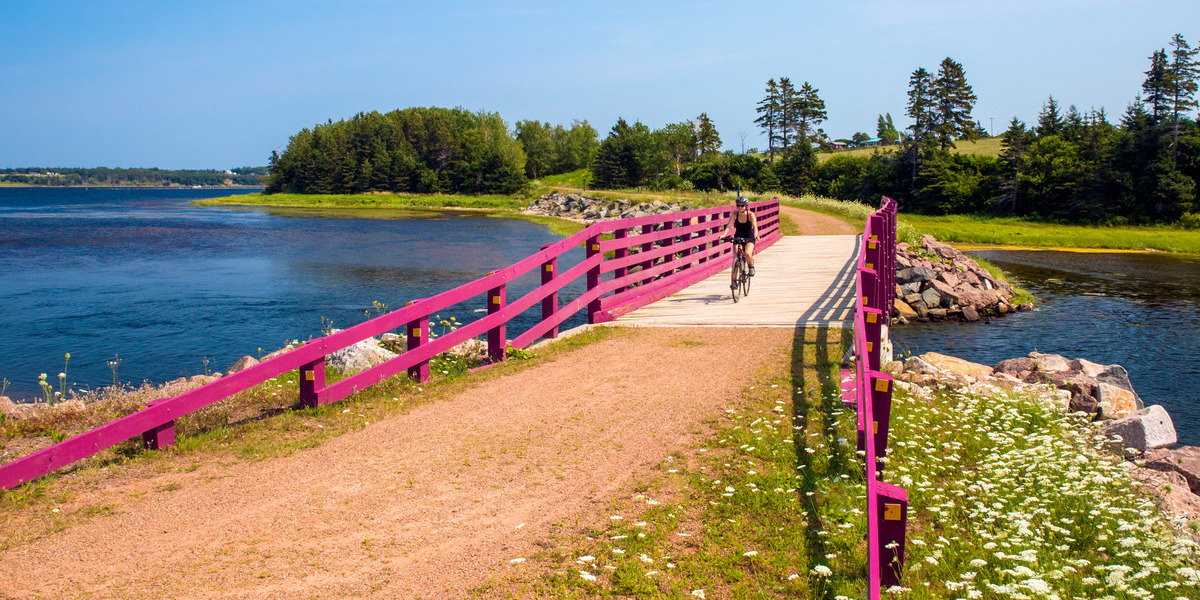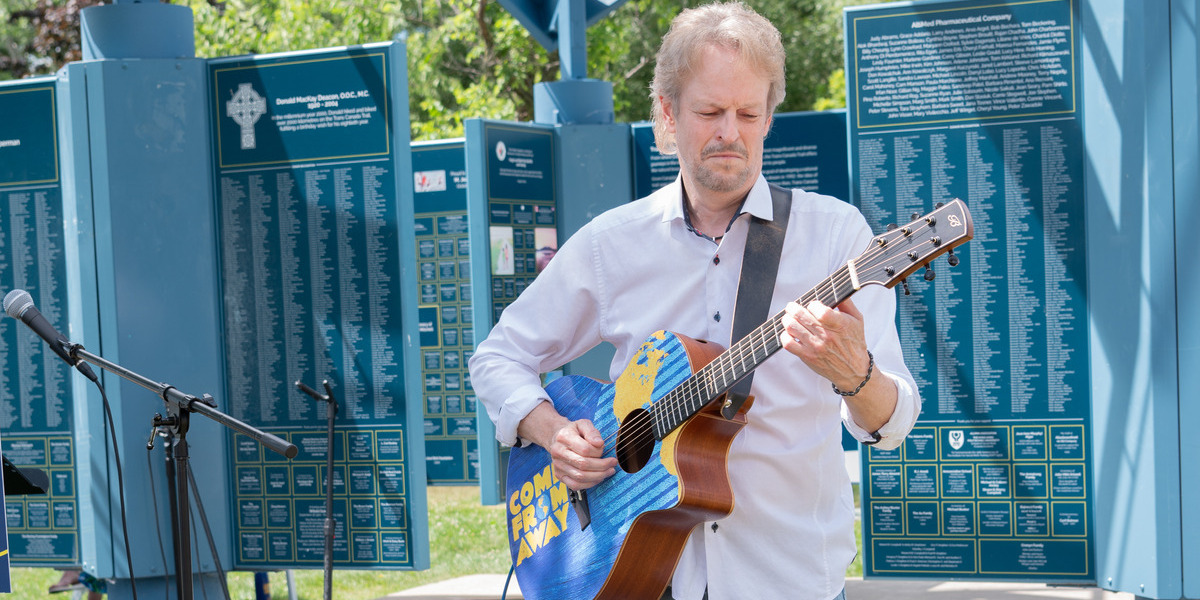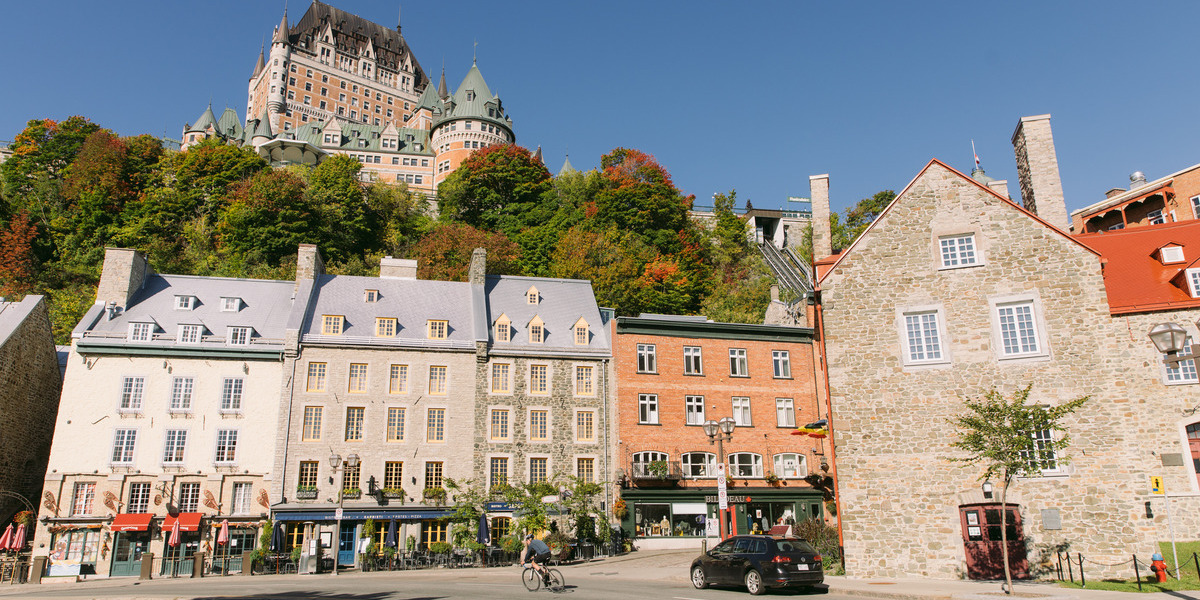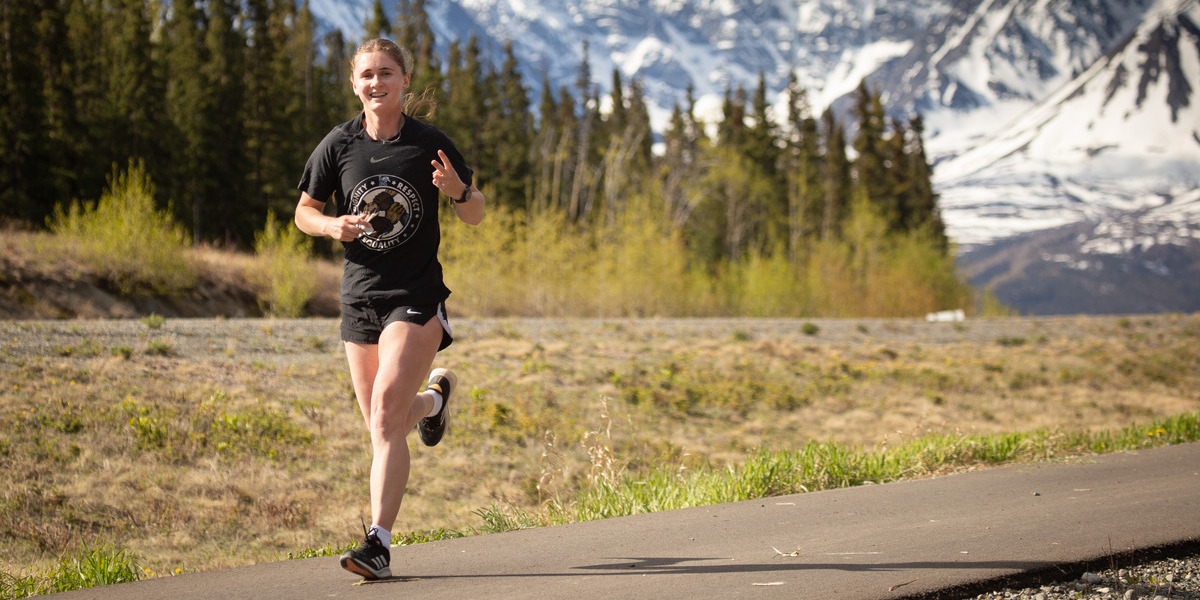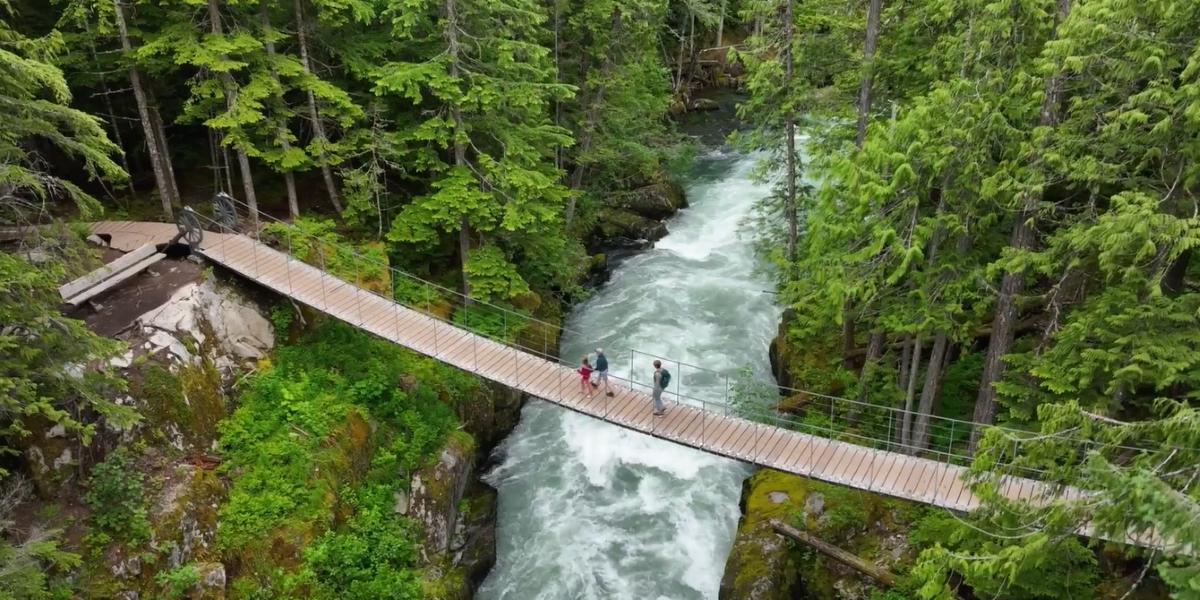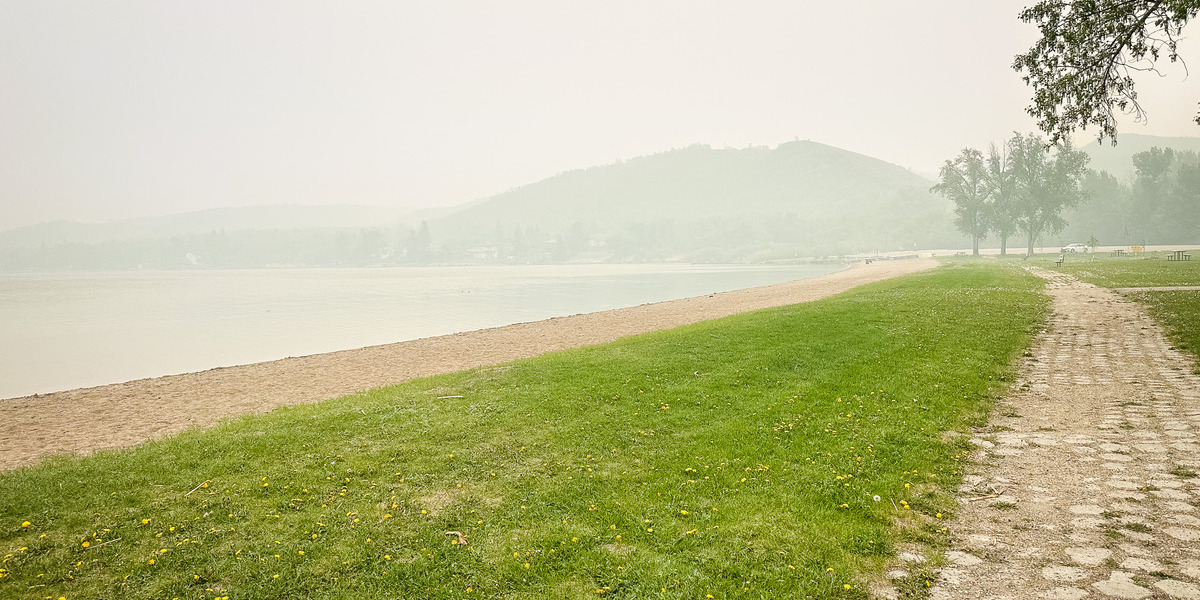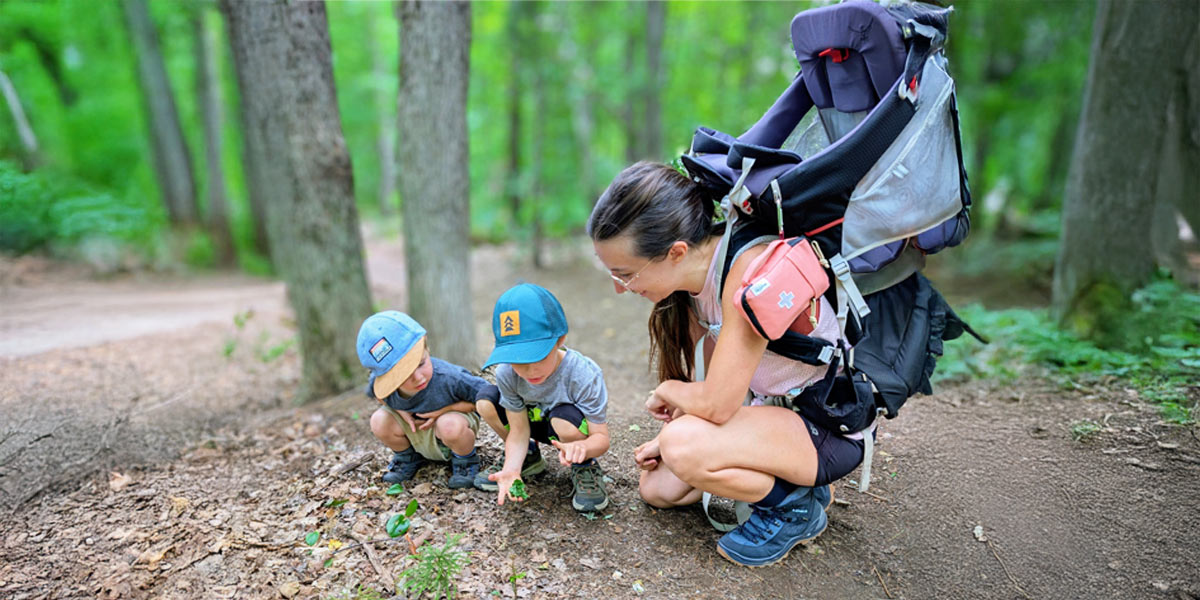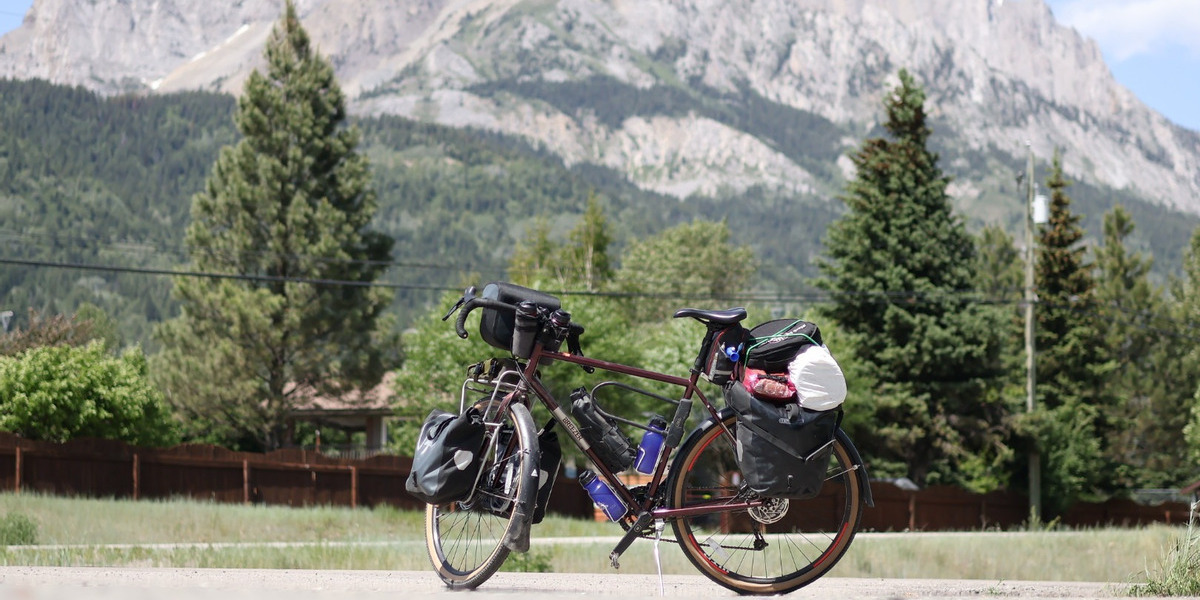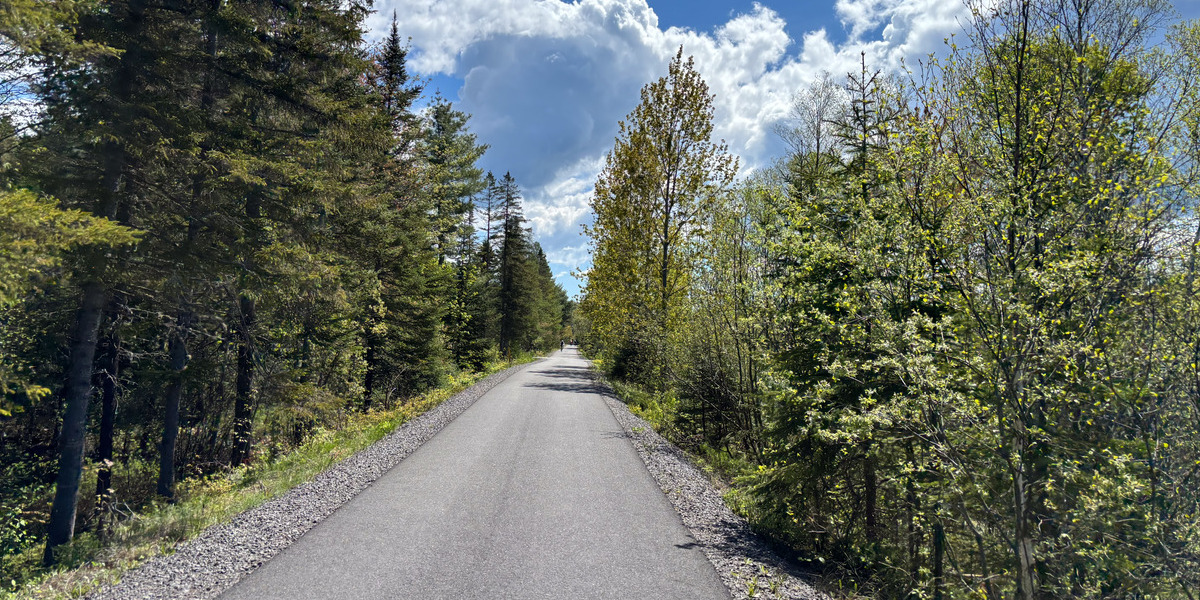Getting Outside Responsibly: Leave No Trace Behind!

With spring making its appearance, more people are heading outside and onto the Trans Canada Trail. In honour of Earth Day (and in line with our general ethos at Trans Canada Trail), here is a look at how to adventure responsibly along the Trail.
The 7 Leave No Trace principles
There are seven principles of Leave No Trace, according to Leave No Trace Canada. Here’s a quick look at what to do – and not to do – when you’re out and about, both on and off the Trail.
Plan ahead and prepare
Consider heading out to a less-trafficked area on a busy weekend or time of year, and plan for bad weather. Make sure you know your route in advance, and bring a map or compass so that you do your very best to stay on the trail.
Travel and camp on durable surfaces
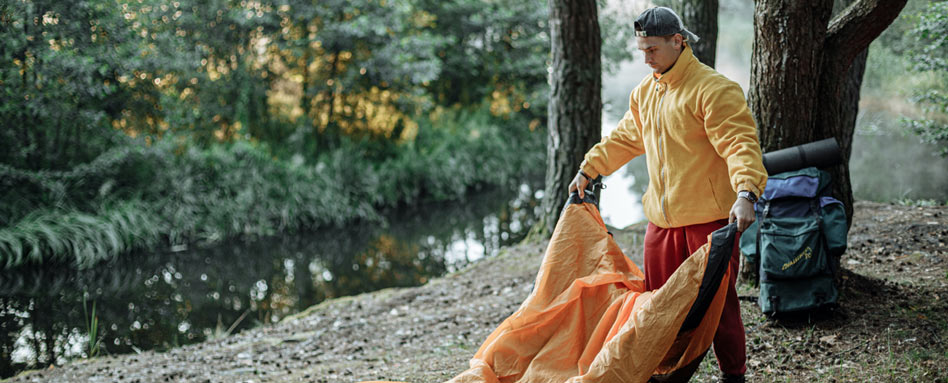
If camping is part of your adventure plan, try to camp on preexisting sites, either at a campground or at an already established backcountry site. If you’re not camping, remember to stay on the trail and avoid walking through flora and fauna as much as possible.
Dispose of waste properly
For more remote areas, bring everything back with you that you brought in – pack up all disposables and bring them home. Or, if you are in a more public place, such as an urban section of the Trans Canada Trail or a national, provincial or territorial park, it goes without saying (but we’ll say it anyways): properly dispose of garbage, recycling and compost in designated bins, being mindful of wildlife. For more remote trips, remember that waste also includes human waste! For details on how to relieve yourself in nature, head on over to Leave No Trace for top tips.
Leave what you find
While it’s important to take what you brought in with you, it’s equally important to leave what you find. That means plants, animals, rocks… leave them where you find them for the next adventurer to find, and to avoid unwittingly causing damage or contamination. If you get back from a hike in the mud – and we all know there is a definite muddy season along parts of the Trans Canada Trail in the spring – rinse off your hiking boots before heading back home.
Minimize campfire impacts
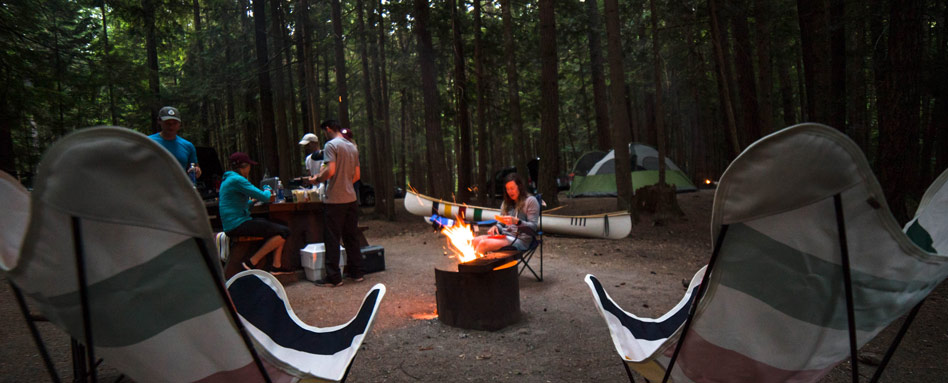
This point is especially important, as we’ve all seen the extreme damage wildfires can cause to our forests, trails and communities. So, if you’re in an area where campfires are permitted, never leave them unattended, make sure they’re out before you head to bed or leave the area, and don’t mess around in high-risk fire areas. Other ideas: consider using a portable barbecue or propane stove instead of a campfire and try to only use dead wood for kindling and firewood.
Respect wildlife
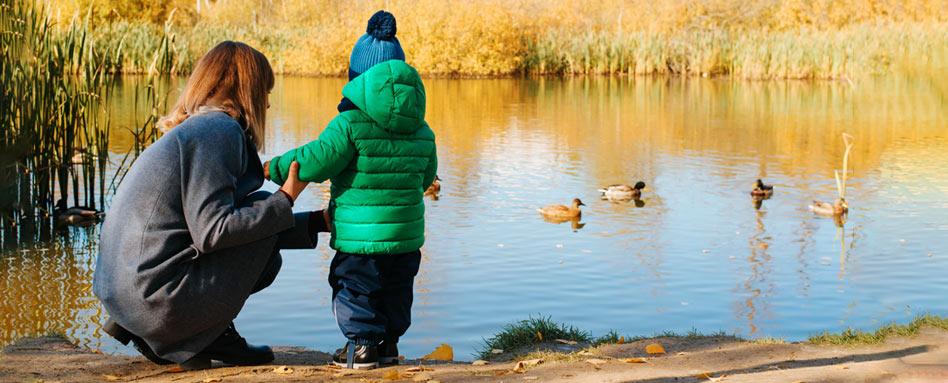
As much as we’d all love a close-up portrait of a wild animal for our socials, give wildlife a wide berth and respect their habitat. Be aware of sensitive times of year – think mating season, winter, nesting and more – and don’t feed wild animals. Make sure to use bear-proof bins or store your food in the trunk of your car whenever possible. And keep your furry friends leashed and under control – your much-adored dog charging a bear or coyote is not exactly part of the plan, nor is it going to end well for anyone.
Be considerate of other visitors
Being considerate of other visitors comes in many forms: yield the way to those heading uphill; be aware of those with mobility aids and don’t block their path or inadvertently create barriers; don’t blast music or fly your drone all day; and encourage respectful and sustainable habits by sharing suggestions on social media.
Hiking trails await along the Trans Canada Trail – please use them responsibly!
So now that you’ve got an idea of the seven principles of Leave No Trace, it’s time to start planning your next outdoor adventure. Share your sustainable habits with us and enjoy the Trail!


